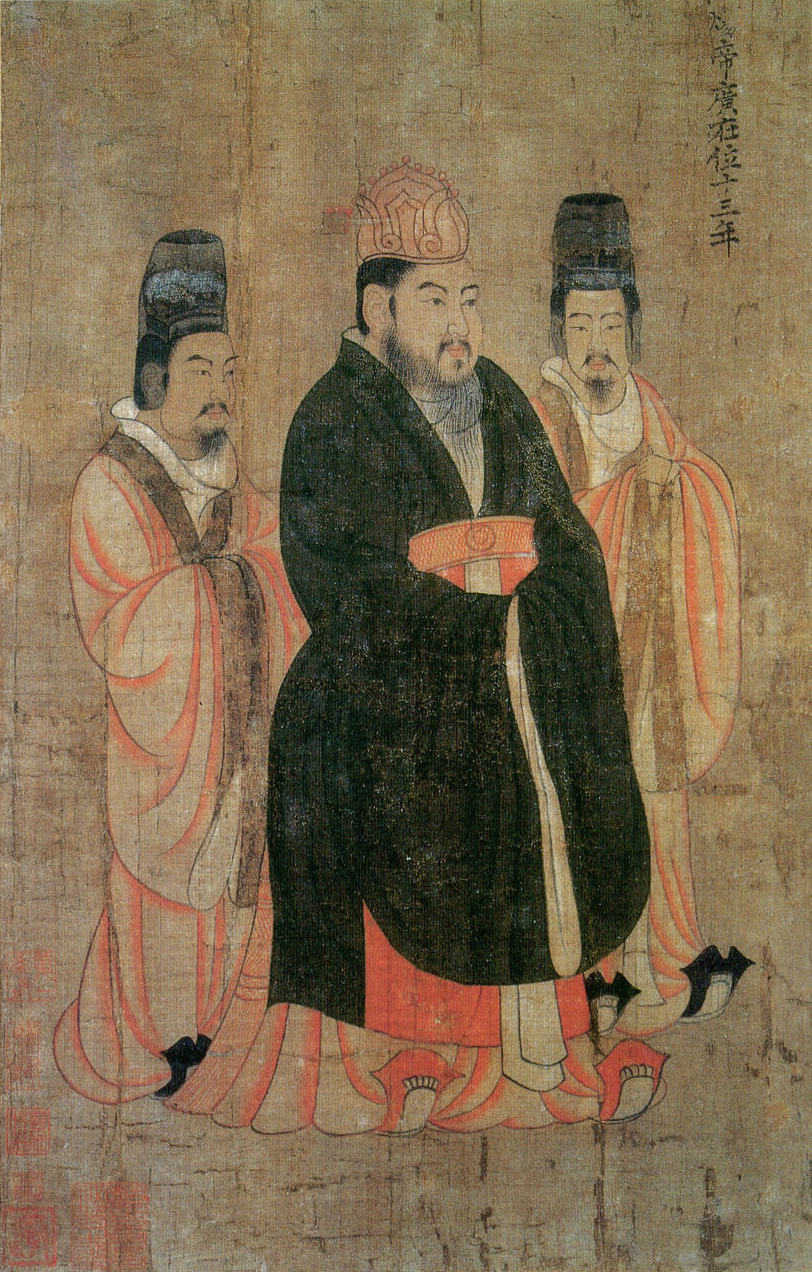May is a good month for trains. On May 10, 1869, the Transcontinental Railroad transformed the commercial and social interactions of the United States. The Channel Tunnel opened in May 1994. In May 2014, Africa announced a new railway line to run from Mombasa to Nairobi, eventually extending to Uganda, Rwanda, Burundi, and South Sudan. Kenyan President Uhuru Kenyatta announced that a subsidiary of China Communications Construction Co will be the main contractor, with China’s Eximbank supporting 90% of the cost of the first phase. Will the world next welcome the “China-Russia-Canada-America” line, now reportedly in discussion in Beijing? What is the future of train transport?
http://www.bbc.com/news/world-africa-27368877
Building the World Blog by Kathleen Lusk Brooke and Zoe G Quinn is licensed under a Creative Commons Attribution-NonCommercial-NoDerivs 3.0 Unported License.

.jpg)


